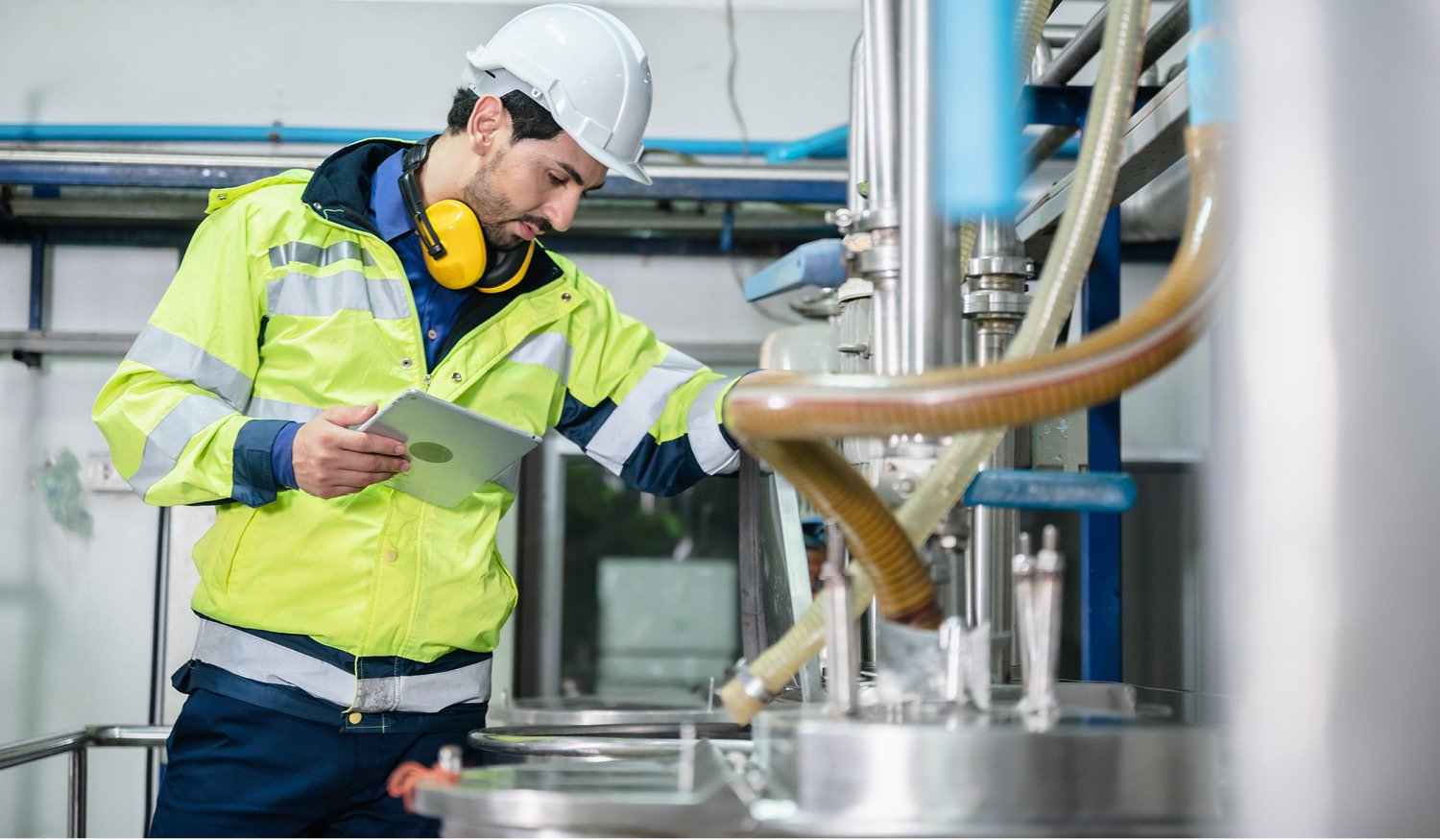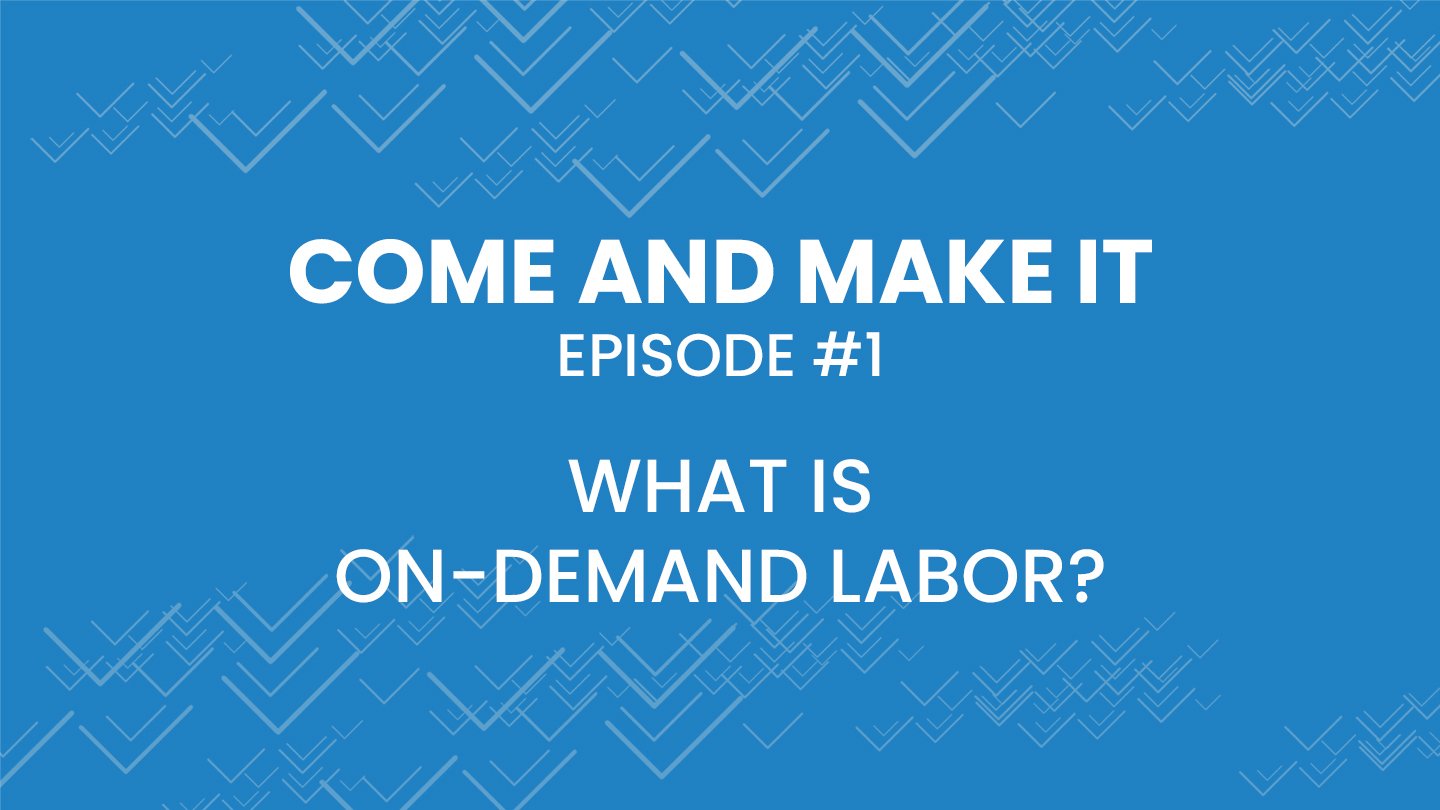Micro-Fulfillment: Definition, Benefits, and Businesses Using It
Micro-fulfillment is gaining traction in the supply chain as a viable strategy. You’ve probably seen it in headlines, and whether you know it or not, you’ve almost certainly shopped somewhere that’s operating a micro-fulfillment center. So what’s this all about?
At Veryable, we’ve seen this trend firsthand as we have worked with B2C companies, B2B companies, and regional final mile companies. Our on-demand labor platform helps companies accomplish the same end goals as micro-fulfillment: customer satisfaction through shorter lead times and increased efficiency.
For the B2C companies, they need all the labor they can get to meet their shipping deadlines. B2B companies are figuring out how to find the operational labor to empower the performance improvements and initiatives that they need to execute to compete in their respective markets.
In this article, you’ll learn what micro-fulfillment is, what the benefits and costs of this strategy are, and how to decide if it’s right for you.
Micro-fulfillment definition

One of the latest trends in supply chain, micro-fulfillment is the latest play to speed up customer delivery by locating in close proximity to the customer. More formally defined, micro-fulfillment is a distribution model that localizes the fulfillment facility to the customer base to reduce delivery lead times to one day or less.
The drive towards shortening lead times can be attributed to the Amazon Effect, something that we have all experienced at home. Only a few years ago, we were happy with shipping that took two days. Now the latest push in retail is to deliver even faster to meet customer expectations that are increasing everyday. It has come so far that B2B companies are seeing these increased customer expectations from business customers.
The pressure and opportunity for regional carriers was initially created by the consumer response to spending more time at home. Due to overwhelming demand, Fedex and UPS imposed volume caps and price surcharges, so now shippers need a channel to customers to capture the incremental demand.
The most relatable example of micro-fulfillment is what has happened in grocery over the past 12 months, as nearly every grocery store has added curbside or delivery to their suite of services. Yes, this means that grocery stores have now become service providers.
To leverage their natural geographic advantage, grocery companies turned to their stores as fulfillment centers. Traditionally, the grocery store orders were dispatched from the warehouse. Now they drive quicker turnaround time and faster delivery by fulfilling orders in-store to meet the customer needs.
Micro-fulfillment benefits and costs
Benefits of micro-fulfillment
Reduced customer lead times - This is the main benefit and goal companies are chasing when they pursue a micro-fulfillment strategy. The ability to quickly respond to a customer order in hours captures more revenue, as customers can have their needs met quickly with minimal effort.

Smaller building to manage - The smaller footprint means less inventory to manage and less travel distance to complete tasks; however, the building can still have its share of operational headaches. The smaller footprint limits the scope of orders but does put a higher premium on efficient operations.
Costs of micro-fulfillment
Inventory management - The smaller inventory means less opportunity for inventory issues to appear, and the micro-fulfillment building should have high turns on its product. This creates plenty of opportunities for people to interact with each location.
Another replenishment - Due to the limited inventory, the building will require replenishment at a higher frequency than a larger-format warehouse with more reserve capacity. This puts more pressure on inventory planning to place the right items into the micro-fulfillment center.
Businesses operating in micro-fulfillment
More and more businesses are operating in micro-fulfillment. One that’s grabbed a lot of recent attention is GoPuff. This company is like a virtual convenience store, delivering everything that you would find in your neighborhood convenience store and then some.
Regional carriers, such as Courier Express, are also aiding businesses in getting closer to customers and delivering that great customer experience with an on-time delivery of their orders. Veryable equipped them to find on-demand labor when their demand went off the charts during the pandemic.
Is micro-fulfillment right for you?
The demand for micro-fulfillment is driven by the customer's need for a quicker response. This aligns with a pillar of our vision for the future: localization. This means locating your operations as close to the customer as possible to respond to their needs as quickly as possible.
Mirco-fulfillment is right for you when your business must respond quickly to customer needs and can gain competitive advantage by localizing. If the costs of localizing would outweigh the extra revenue you could gain with this advantage, then this strategy would not work for you.
Micro-fulfillment and on-demand labor
The intersection between micro-fulfillment and on-demand labor is interesting because each tool enables a business to respond quickly to a change in demand. This quick response is a way to maximize revenue creation or minimize productivity loss, depending on which way the demand breaks.
Just as you can quickly ramp the output of a micro-fulfillment building, you can also quickly find the labor you need to pick the customer orders through an on-demand labor platform.
In order to respond more and more quickly to customer orders, we believe strategies like micro-fulfillment will need to combine with on-demand labor to maximize efficiency. To learn how on-demand labor can give you a competitive advantage by shortening lead times, read our blog on what on-demand labor is and what it means for you.
Previous Posts
Come and Make It - Episode 1
The Future of Manufacturing and Logistics
Create a free business profile today to explore our platform.






